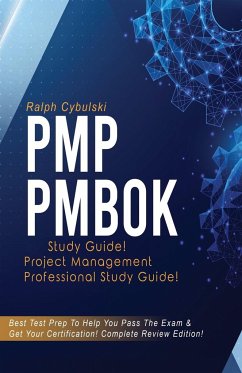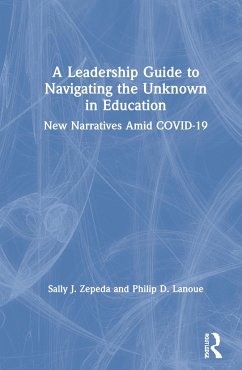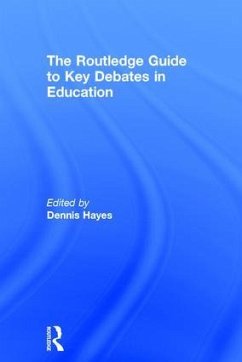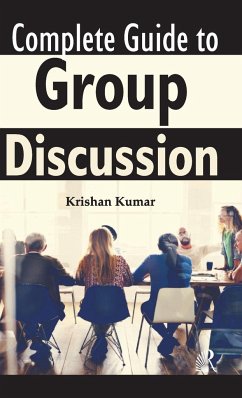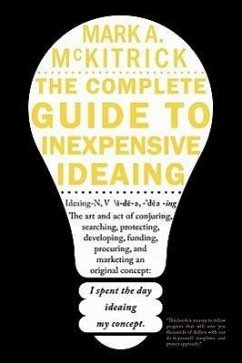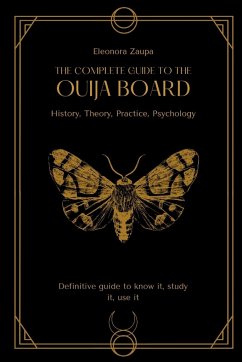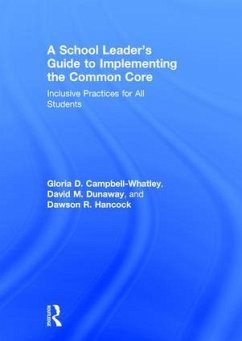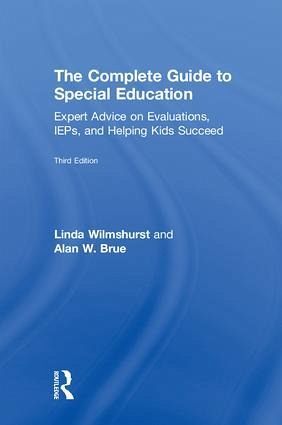
The Complete Guide to Special Education
Expert Advice on Evaluations, IEPs, and Helping Kids Succeed

PAYBACK Punkte
67 °P sammeln!
The Complete Guide to Special Education, 3rd Edition explores the special education process from testing and diagnosis to IEP meetings and advocating for special needs children.






